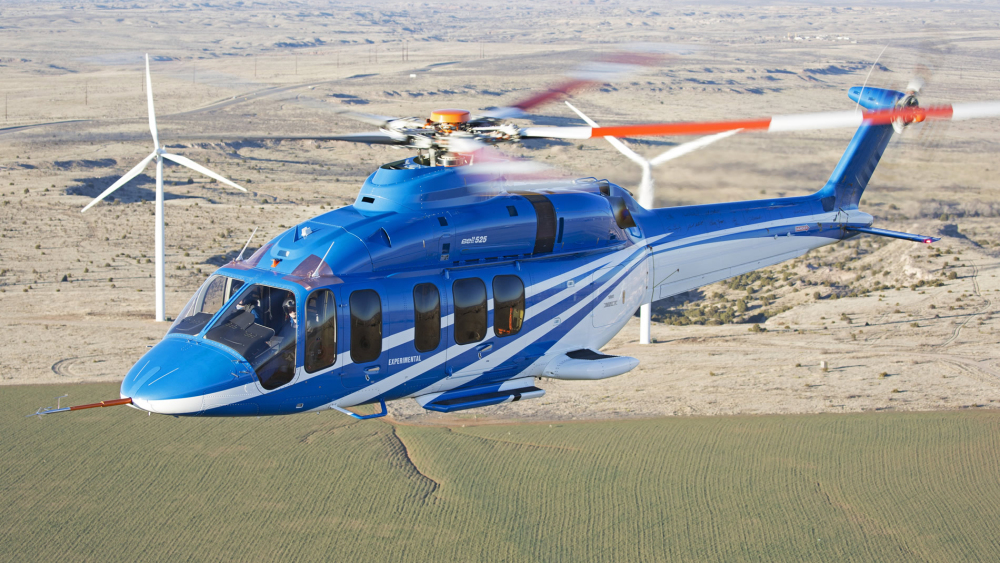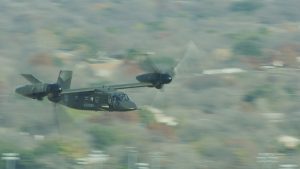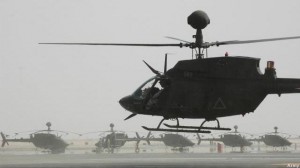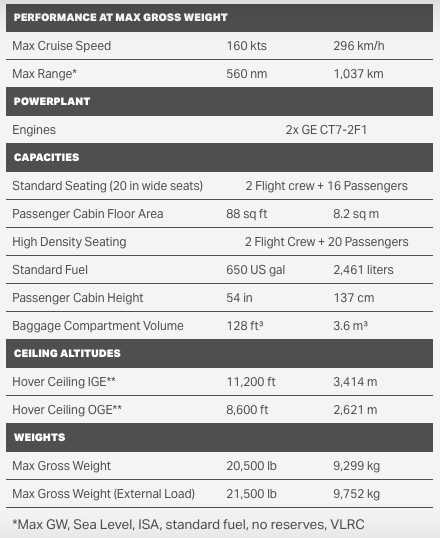WASHINGTON: After months of no-comment, the CEO of Bell Flight’s parent company revealed that Bell will offer a conventional helicopter for the Army’s new scout, the Future Attack Reconnaissance Aircraft. That’s a stark contrast from the high-speed, long-range V-280 tiltrotor that Bell is pushing for the larger Future Long-Range Assault Aircraft, or from the propeller-plus-rotors compound helicopters that rival Sikorsky is offering for both FLRAA and FARA.
Bell’s case? They say they can meet the 205 knot (235 mph) speed requirement for the scout without resorting to more complex technologies that cost more to build and maintain. That’s potentially very appealing to the Army, which has included maximum costs for initial purchase — no more than $30 million per aircraft — and per flying hour as requirements alongside aerodynamic performance.
The news was first reported by Aviation International News Online yesterday, citing a conference call Textron CEO Scott Donnelly had with stock analysts on Wednesday. Breaking Defense independently obtained a copy of the transcript. (A full excerpt of the relevant section is below).
The Bell FARA design will be a smaller version of the Bell 525 Relentless, which is still in flight tests and awaiting final FAA certification. The 525 was being marketed as a 16-passenger commercial passenger helicopter, particularly for shuttling personnel to and from remote oil platforms.
Bell does have a long record of converting civilian designs to military roles and vice versa: In fact, the Army’s long-serving OH-58 Kiowa scout, which FARA will effectively replace, was a modified Bell 206 JetRanger. But the Bell FARA design is going to be a new helicopter used technologies developed and tested on the Bell 525, which itself is too large for the Army’s requirements.
“As mentioned during the Textron earnings call, Bell’s FARA CP [Competitive Prototyping] solution significantly leverages the success of the Bell 525 aircraft including rotor technology, the fly-by-wire systems and control systems,” said a statement from Bell. “Similarly, our approach uses lessons we have learned from the success of the JMR-TD and V-280 Valor. We have achieved exceptional results providing transformative capabilities within a compressed timeline, with limited risk and using proven processes that will enable us to meet the Army’s aggressive timeline.”
Speed is the most obvious hurdle here, and the Army’s need for speed on Future Vertical Lift had driven Bell, Sikorsky, AVX, and others to offer designs radically different from conventional helicopters, all using some kind of propeller or thrust fan for added speed. The world speed record for a conventional helicopter was set back in 1986, by a highly modified Westland Lynx that managed 216 knots (249 mph) in a dash of 15 km (less than 10 miles). It’s never been broken since because there are inherent aerodynamic limits to conventional helicopters.
Bell’s official webpage for the 525 only claims a speed of 160 knots, but Donnelly claimed the 525 has reached 200 knots in testing. But we don’t know if that’s actually a sustainable speed or an engine-overheating sprint. If the 525 really can sustain 200 knots with a useful payload, it means a smaller aircraft with the same size engines should be able to reach the Army’s desired 205.
Why not a tiltrotor? Bell’s not saying, but they already scaled down their technology dramatically from the V-22 Osprey to the V-280 Valor, and the FARA would need to be smaller still. Particularly tricky would be keeping the aircraft’s maximum width to 40 feet — which the Army insists on so the FARA can hide between obstacles and sneak down city streets — when tiltrotor designs have to mount two wide rotors, one on either side of the aircraft.
Here’s what Donnelly said on the call with investors:
“Of course, I think we have a very competitive offering for FARA. We haven’t talked a lot about it publicly, but I mean, look, it’s not going to be a secret for long. We had basically taken the technology that we’ve invested in pretty significantly over the past number of years on 525. Remember, 525, we’ve seen this aircraft flying over 200 knots. And that’s a function of the technology that we invested in [in] terms of the rotor technology, the fly-by-wire systems, control systems that has enabled us to field a more conventional helicopter that has very high speed, very efficient, very smooth operating capability. And so what we did basically is taking that technology that we validated in the 525 program and scaled that down to a size and weight that’s consistent with the FARA requirement.
“So if you look at what’s required from a speed and performance standpoint to execute the FARA mission, we think we have some technology that’s been validated, that can meet that requirement with a much more cost-effective, much more reliable conventional technology. I say conventional, I mean this is obviously a big step in terms of a more conventional rotorcraft, but we’ve — I think we have a proposal on the table that meets the requirements that can do it in a very cost-effective, very highly reliable and sustainable way.”
Note how Donnelly stumbles over his admission this is a “conventional helicopter.” He must be aware as anyone of the widespread skepticism that such an aircraft can meet the Army’s requirements. Of course, if it can, Bell will be able to underbid its more high-tech rivals on both the initial purchase and operating cost.
Navy jet trainer fleet operations remain paused after engine mishap
One week after the incident, a Navy spokesperson says the service is continuing to assess the fleet’s ability to safely resume flight.































